
The first step in keeping students, faculty, and visitors protected in the event of a fire involves fire protection systems and fire safety protocols for schools and universities. Fire protection systems can help to extinguish a fire and provide building occupants the time they need to evacuate safely, but only when they are well-maintained and functioning. It is extremely important to uphold established fire safety protocols to keep everyone informed and prepared so that they know what to do and where to go in the event of a fire.
Fire Protection Systems
Authorities Having Jurisdiction (AHJ), code officials, field inspectors, and school districts have the responsibility to ensure each school building is built and maintained properly. Set your year up for success by ensuring your fire protection systems are up to code and ready to deploy in the event of an emergency. Each level of your fire protection systems is a critical component of fire safety on your campuses. Be sure to have your inspections and maintenance items scheduled early and A P Fire Protection can work with your school calendar to have your fire protection in tip-top shape.
Fire Alarms
The International Building Code (IBC) and International Fire Code (IFC) provide minimum requirements for fire alarm systems such as automatic detection and manual fire alarm boxes throughout a school. A school fire alarm system can be set off in one of two ways: a system will automatically sound if smoke or high heat is detected, or it can also be manually started through a pull lever.
Smoke detectors are constantly testing for combustion particles in the air, while heat detectors measure air temperature. Depending on the installation areas and code requirements, each type could be installed on your campuses to reduce nuisance alarms while still providing reliable early detection. Early detection and notification also offer ample time to locate and extinguish a fire before it spreads.
The control panel is typically located in the front office, but not always.The panel is programmed to be able to tell the staff where the fire is happening, whether a fire alarm lever was pulled or automatically activated by the presence of heat or smoke.
Fire Extinguishers
Portable fire extinguishers should be located in accessible locations in accordance with the AHJ requirements for your region. Staff should know where the closest extinguisher is located at all times and how to operate it. APFP offers onsite training courses and certification where staff can operate a real extinguisher to put out a live flame. Trained personnel can use fire extinguishers to quickly stop a small fire from spreading or to create a path for escape.
Fire Sprinklers
Quick response (QR) fire sprinklers are preferred in systems for facilities with high occupancies like school buildings and dormitories. Their smaller bulb size speeds up thermal responsiveness. Additionally, quick response sprinkler deflectors discharge water higher on the walls to keep the fire from climbing and maintain lower ceiling temperatures (heat rises!). Cooler ceilings reduce the likelihood of flashover and slow a fire’s rise within a building, improving the odds for survivability. These elements give occupants time to evacuate.
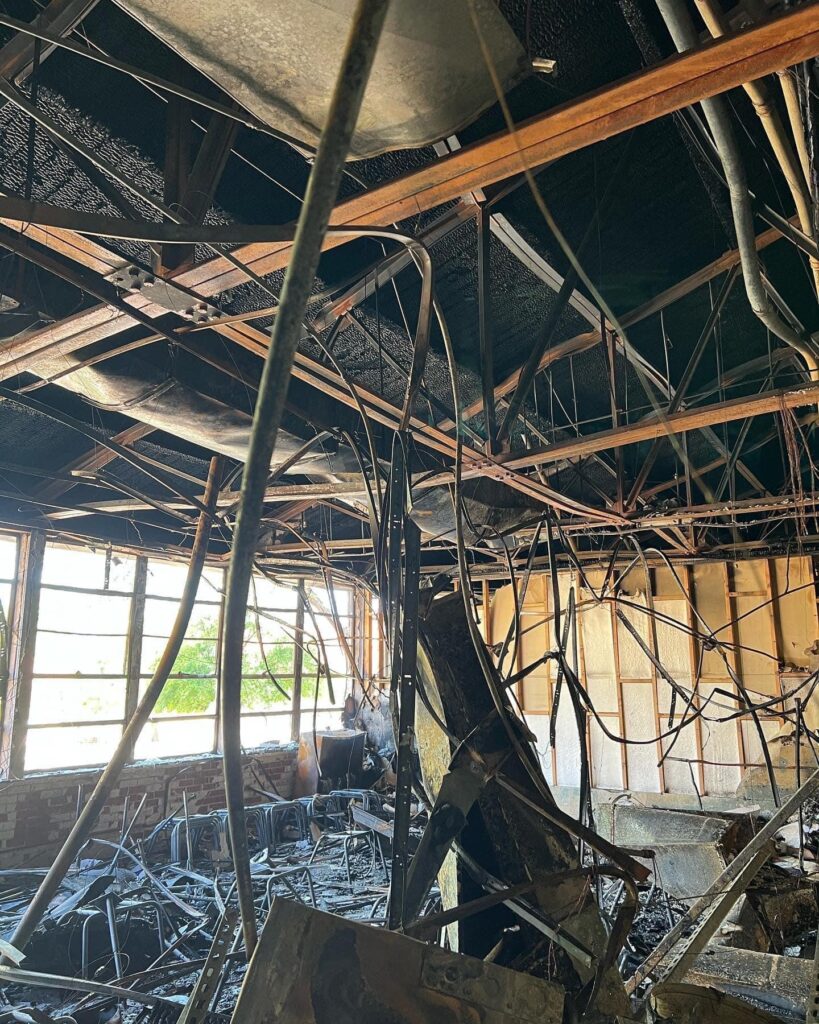
Fire Safety Plans
Unfortunately, statistics indicate that most school fires are started while school is in session, meaning the occupants are responsible for most school fires. Staff training and fire drills are essential in educating our children about fires and keeping them safe. Even with the best fire protection systems in place, it is important to have emergency operation plans that are organized to provide quick and orderly evacuation. These plans should be reviewed frequently and updated to reflect any building modifications or changes in occupancy.
Mass Notification System
Depending on one form of emergency communication, such as a PA system or text messages, can be incredibly unreliable during an emergency. NFPA 72 recommends using at least two of the four layers of communication – indoor, outdoor, personal, and public alerting. A mass notification system allows building occupants to be promptly and clearly alerted to a variety of emergency situations. This includes fires, severe weather, active shooters, or any other emergency requiring immediate communication to many people. Internal speakers, outdoor blast speaker systems, mass text messages, and e-mails can all be utilized to alert everyone to the specific danger and provide instructions on how to remain safe.
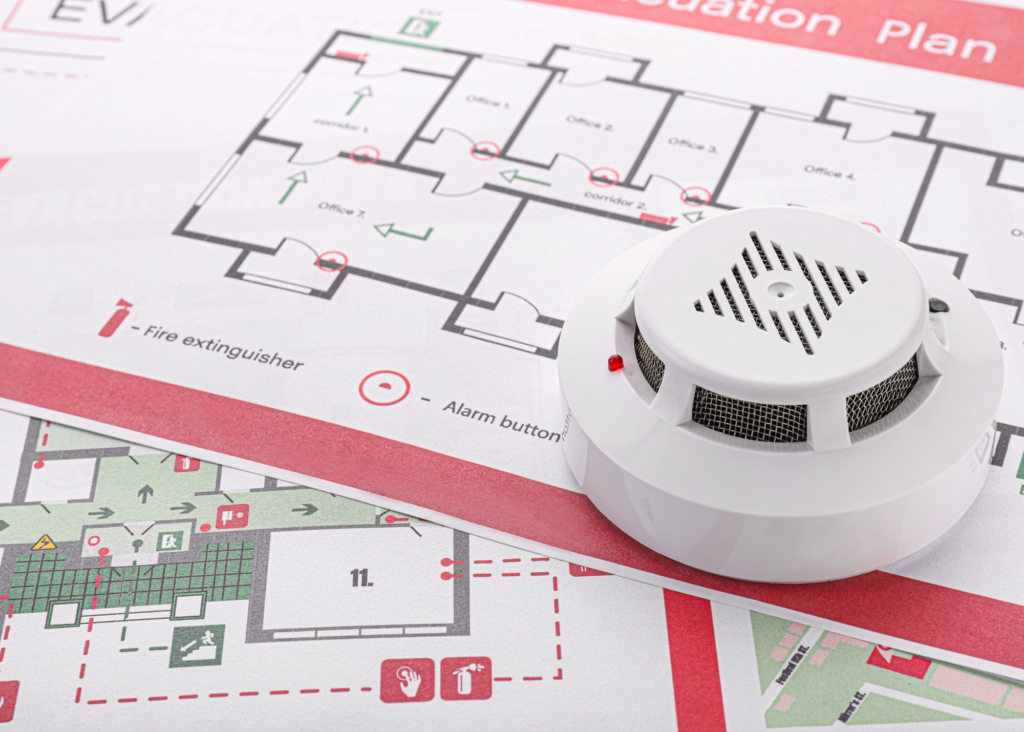
Fire and Evacuation Drills
Fire and evacuation drills are the most important fire safety exercise you can do. Conduct drills on a regular basis to learn and maintain awareness of exit routes and best efficiency practices. An egress map should be posted in each classroom and near each building exit. Each egress map should designate two assembly areas that are at least 500 feet away from the building where students and staff should assemble upon evacuation as a “Main Assembly Area” and an “Alternate Assembly Area”, in the event the Main Area cannot be used.
Drills can be used as an opportunity to identify problem areas and egress choke points and to ensure occupants understand any directions given by the fire alarm or mass notification system. In addition, it is important that all employees be aware of the locations of alternate exits and keep exit routes free and clear of obstructions. Drills should be used to update plans as needed to account for new or renovated buildings, student growth, and other changes that might affect emergency egress.
Dormitory Checks
September is Campus Fire Safety Month, and that’s a great time to review best practices for fire safety in dormitories. According to the National Fire Protection Association (NFPA), from 2015-2019, U.S. fire departments responded to an estimated annual average of 3,840 structure fires in dorms, fraternities, sororities, and other related properties, resulting in annual averages of 29 civilian injuries and $11 million in direct property damage. Most campus fires happen in dormitories between the hours of 5-11 p.m. Of these incidents, 6 out of 7 are related to cooking. While it is important to enforce policies that reduce risks including unattended cooking, candles, and the disabling of smoke alarms, it is vital to ensure that all dormitories are fully sprinklered and have an operable fire alarm system that has been inspected in accordance with local fire codes.
Fire Protection Services
Working with APFP
Whether you need smoke detectors, fire extinguishers, or an automatic sprinkler system installed at your school facilities, A P Fire Protection is here for you. We have been protecting Arizona from fire damage since 2008 and we have over a century of combined experience! Known for our superb customer service, our expertise, and our reliability, we understand as school systems it is imperative to complete most maintenance while students and staff are off campus and will do everything in our power to schedule around your breaks and holidays.
In preparation for your services, you should check in with a couple of departments so you are ready to go. Facility directors/managers should be able to tell you if their monthly inspections have detected any problem areas or changes to structures or occupancies. If this is your first time partnering with APFP, we encourage you to reach out to your previous fire protection company to see what reports they can provide you with, or at the very least, collate your campus maps in preparation for a walkthrough where we will mark each device location. Working with the procurement office ahead of time can also save you time when it comes to getting purchase orders after an estimate has been approved. You can also check out our list of common
System Reports
We will do our best to provide our customers with job reports containing device counts and placement, outlining deficiencies and needed repairs and compiling previous repairs and notations. Not only does this make you more aware of your fire protection capabilities and needs, but it also sets you up for success by establishing verifiable numbers needed to project more accurate pricing for upcoming maintenance.
Fire alarm systems in schools, like other buildings, generally are not mandated to be updated or replaced to meet current code requirements unless the system is no longer operational or if buildings are being modernized. Although codes are developed to improve safety, these modified codes also have increased the cost of building and installing systems.
These cost restraints are the primary reasons that many school districts simply have not been able to budget for new or upgraded fire alarm systems. While school administrators would like to upgrade or replace obsolete fire alarm systems, often funding is not available to do so. Sadly, this fact could result in a school having an obsolete and possibly non-operational fire alarm system, which is unacceptable when the protection of our children is at stake.
School fire protection systems do not need to have all new top of the line equipment; however, it should be stressed that obsolete and out of date equipment that does not meet applicable code requirements puts lives in danger. First and foremost, we should be able to keep our children safe from fire while they are in school.
For more fire safety tips, be sure to follow us on all our social media channels!
We do! @apfire1
Hello there! Do you use Twitter? I’d like to follow you if that would be okay. I’m undoubtedly enjoying your…
Pretty! This was a really wonderful post. Thanks for providing this info.
Nice blog here! Also your web site loads up fast! What web host are you using? Can I get your…
Quality posts is the secret to interest the viewers to visit the website, that’s what this website is providing.
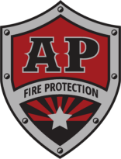
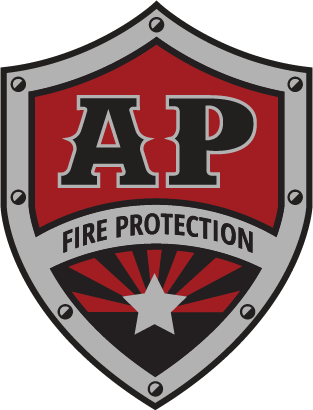
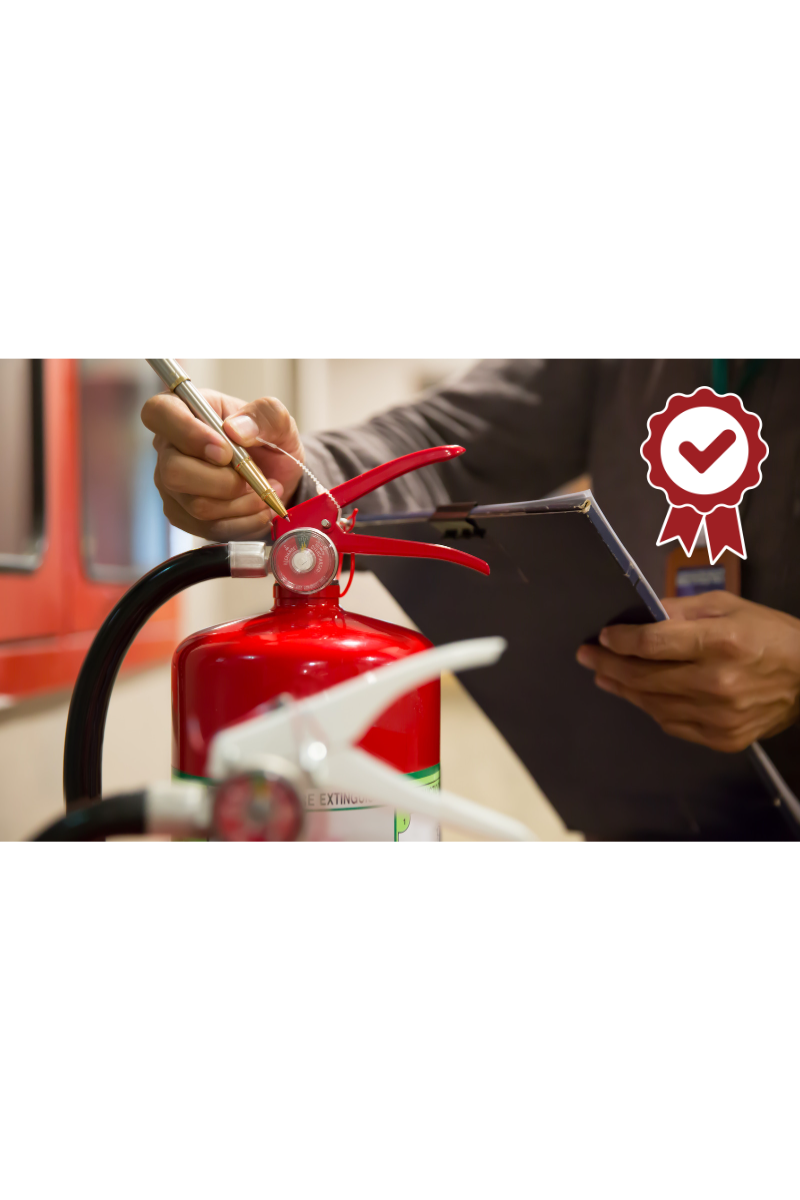





Leave a Reply